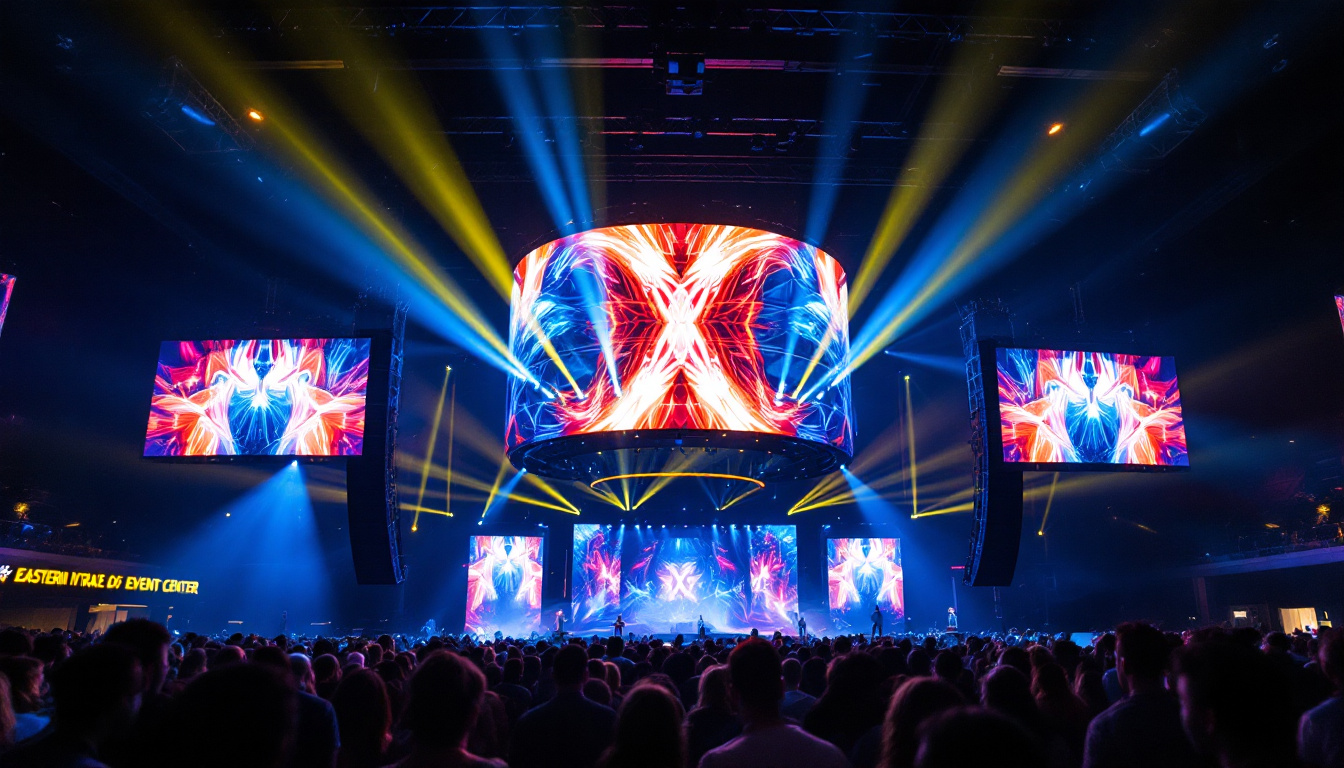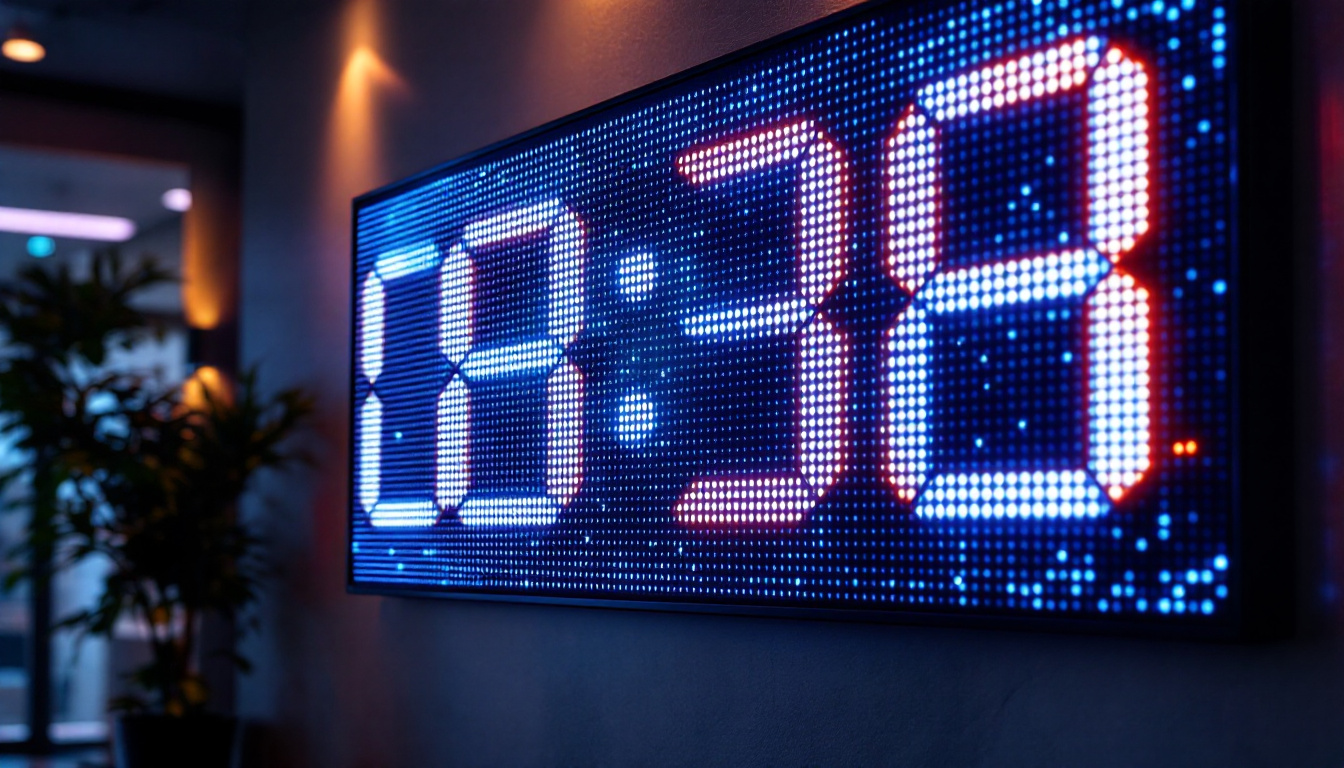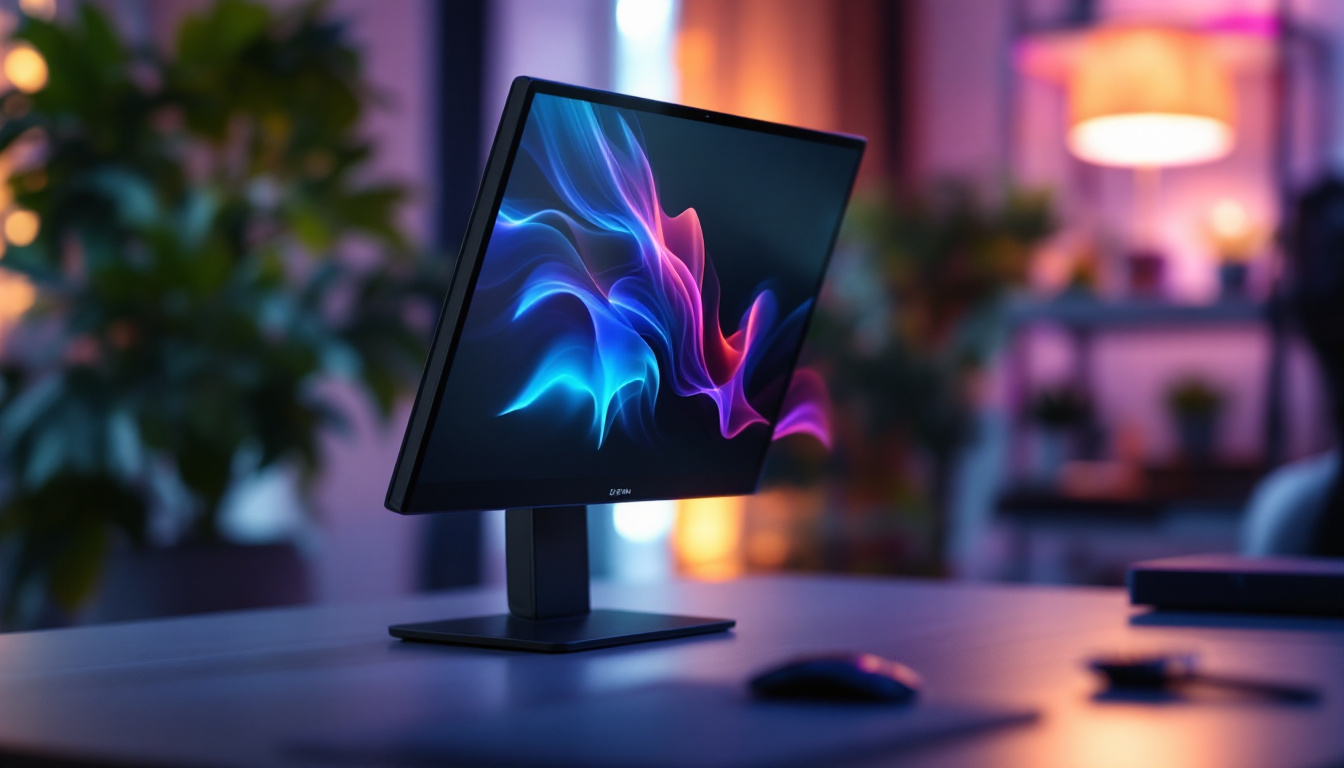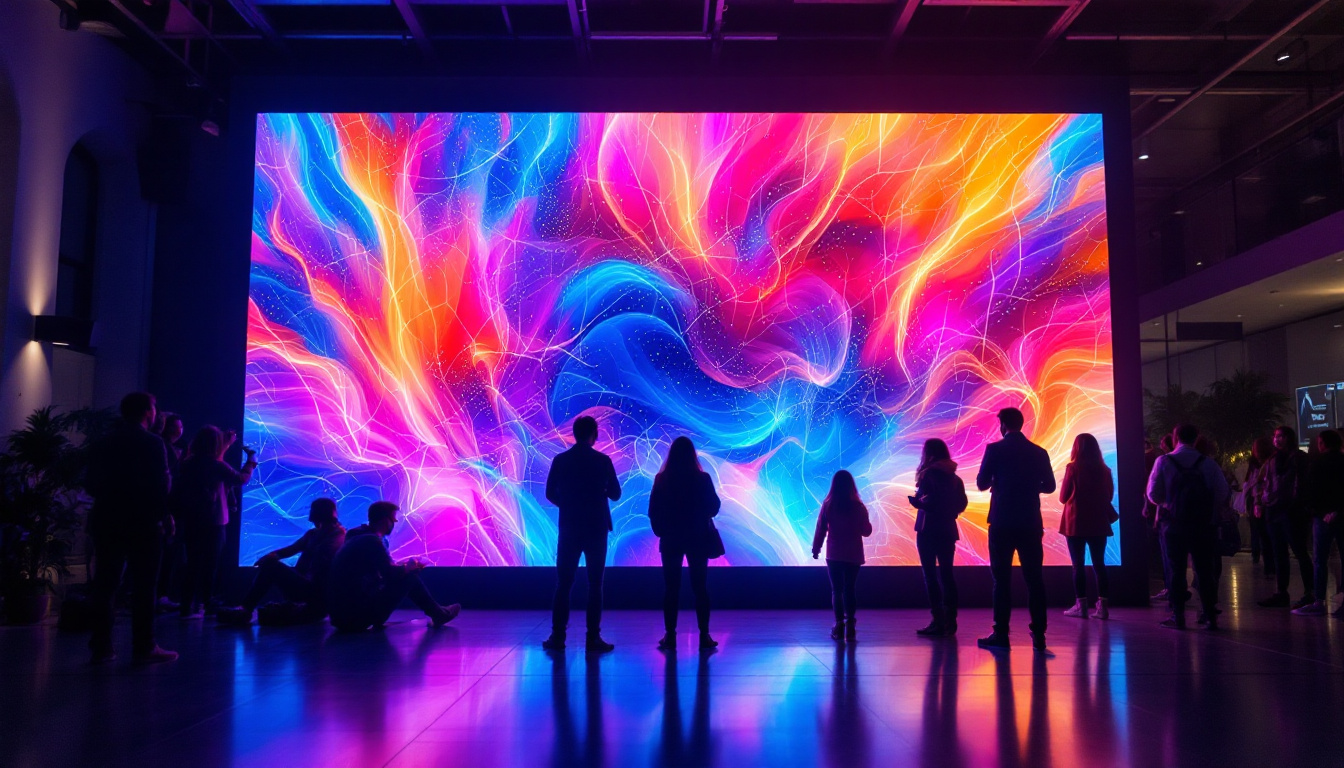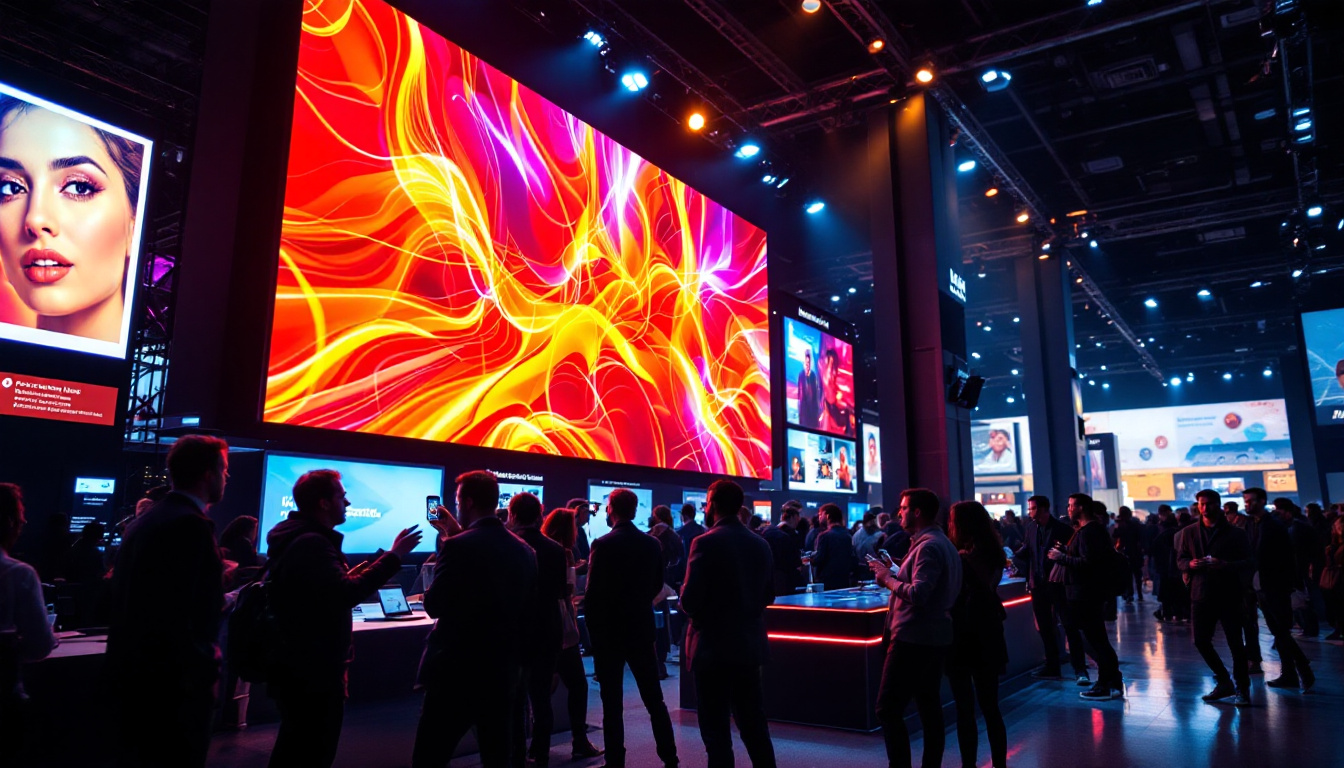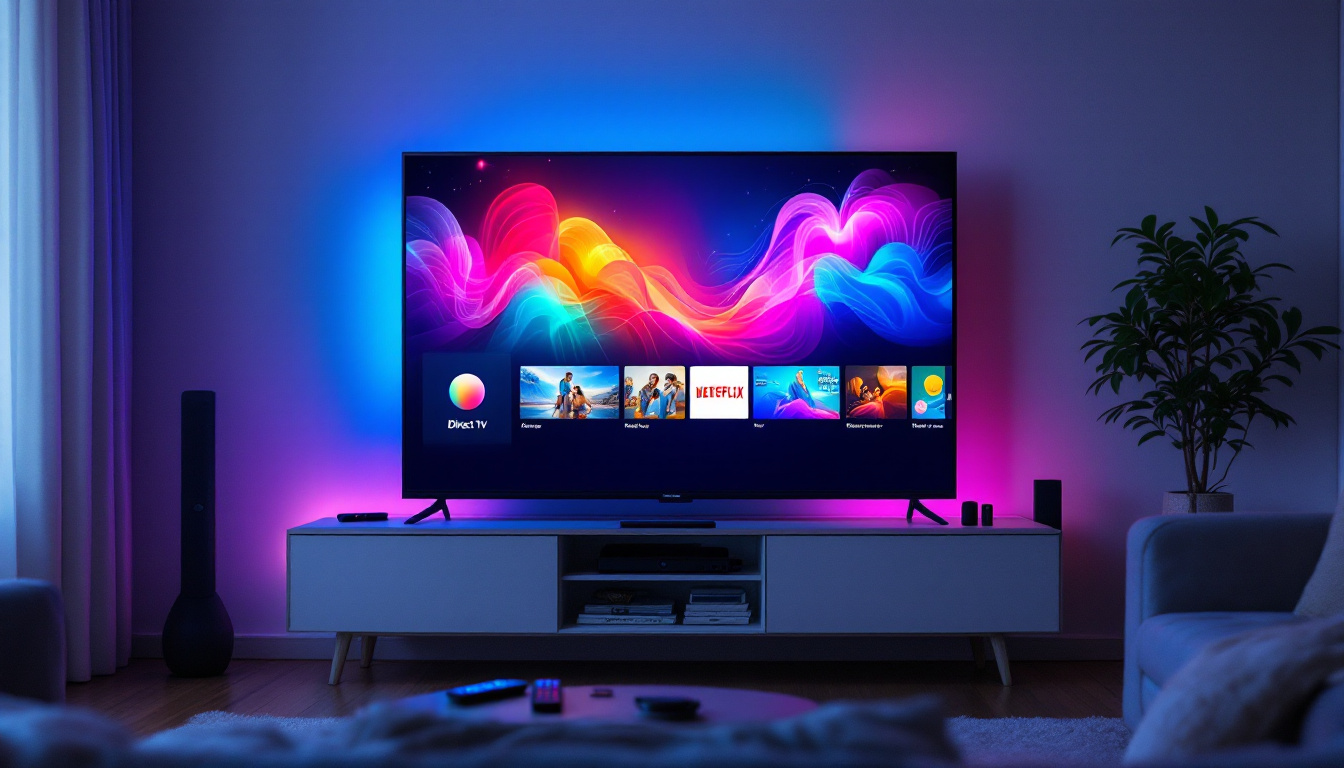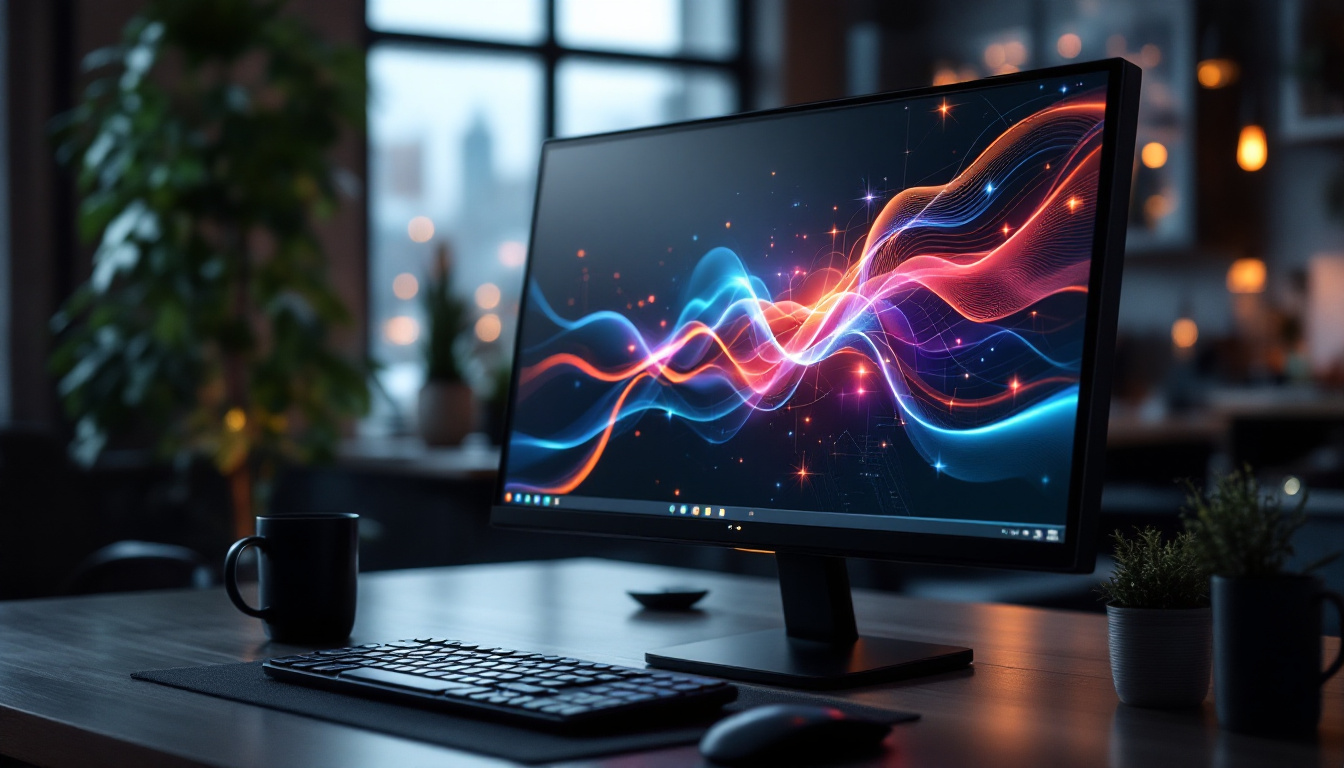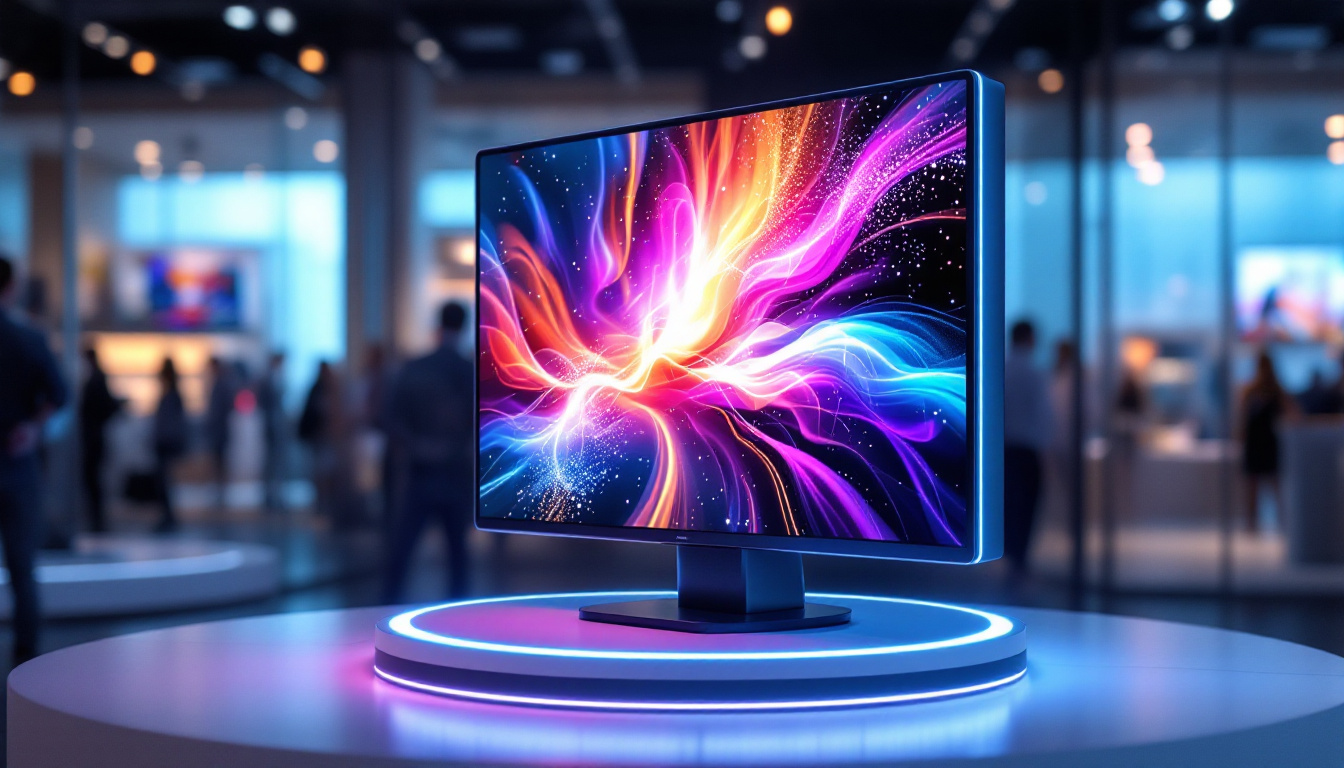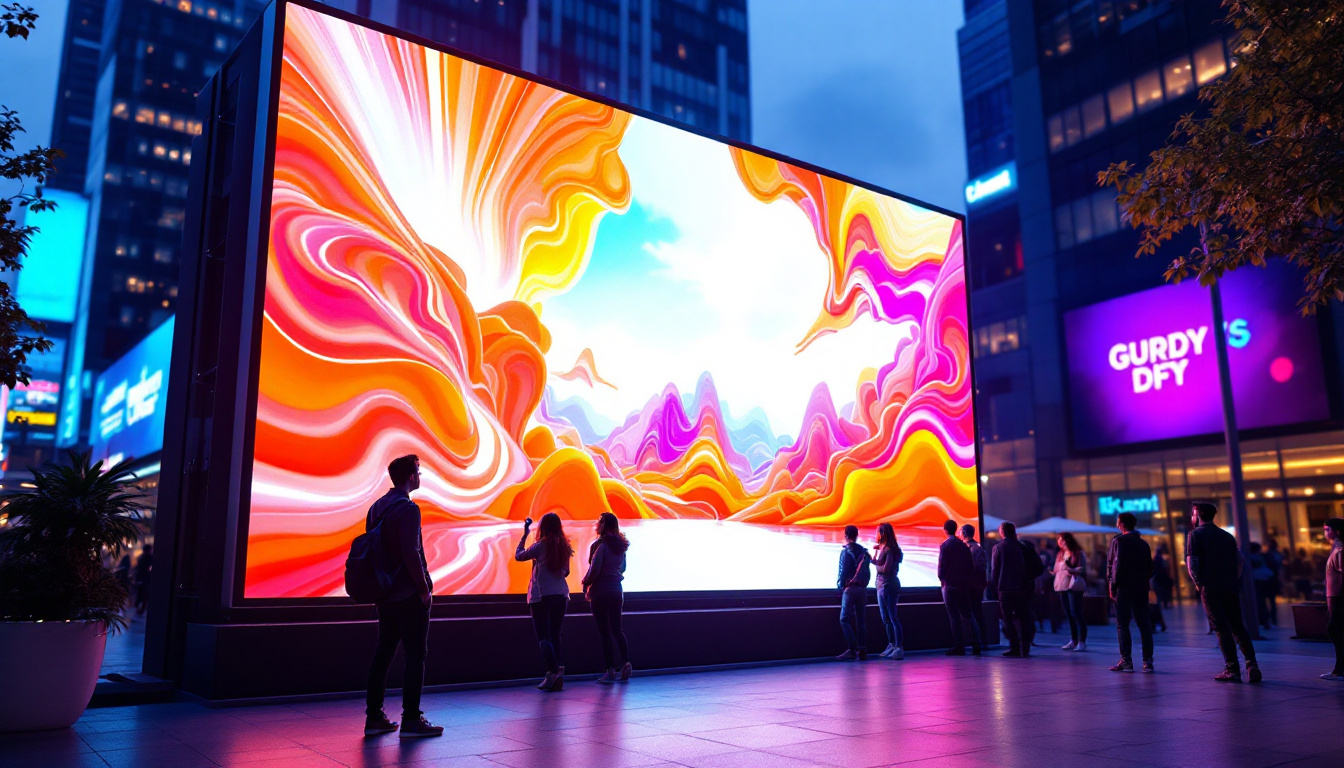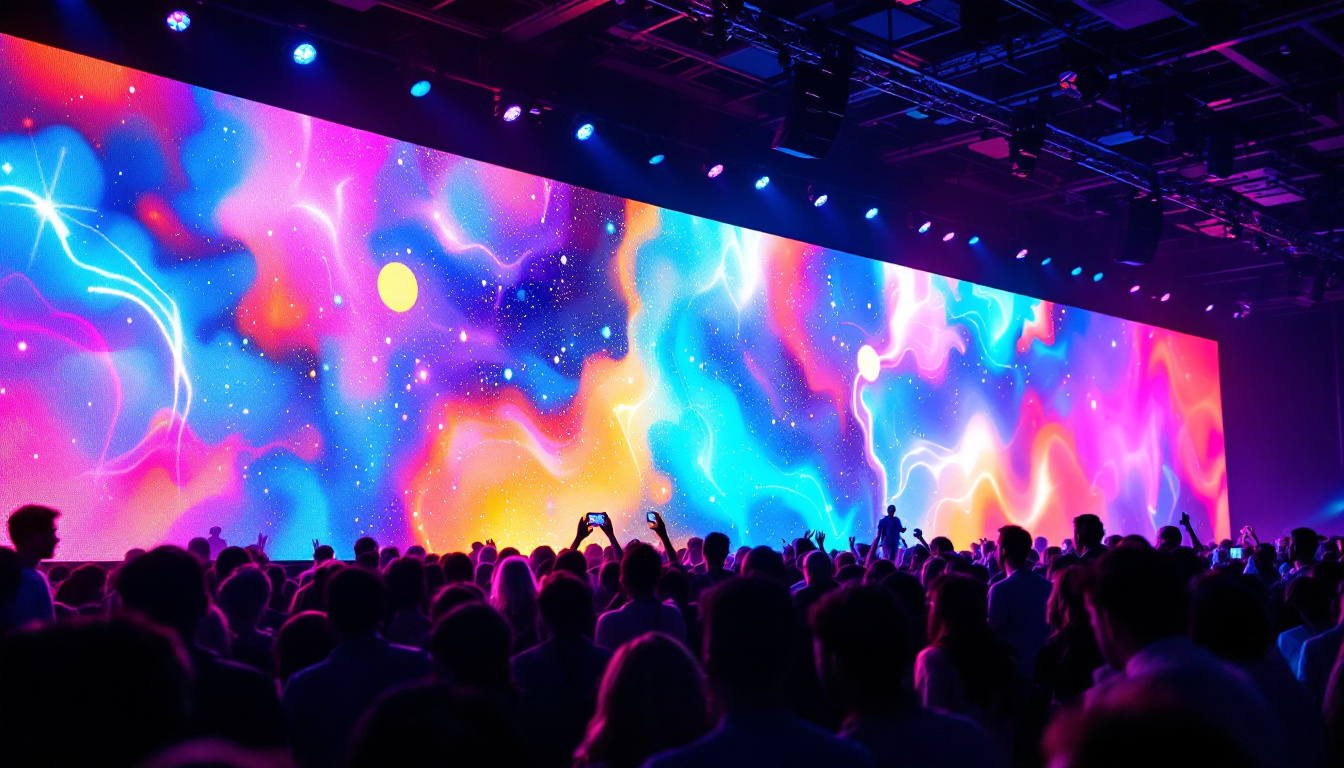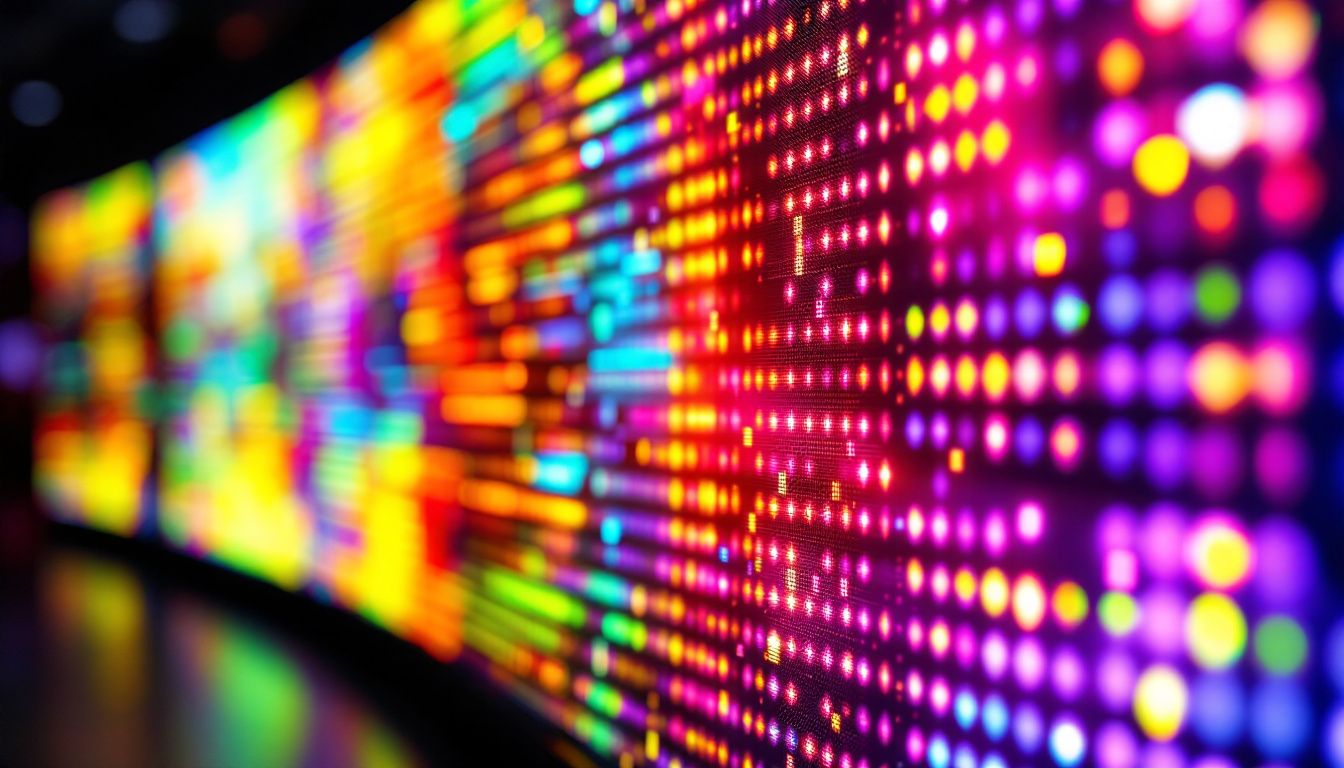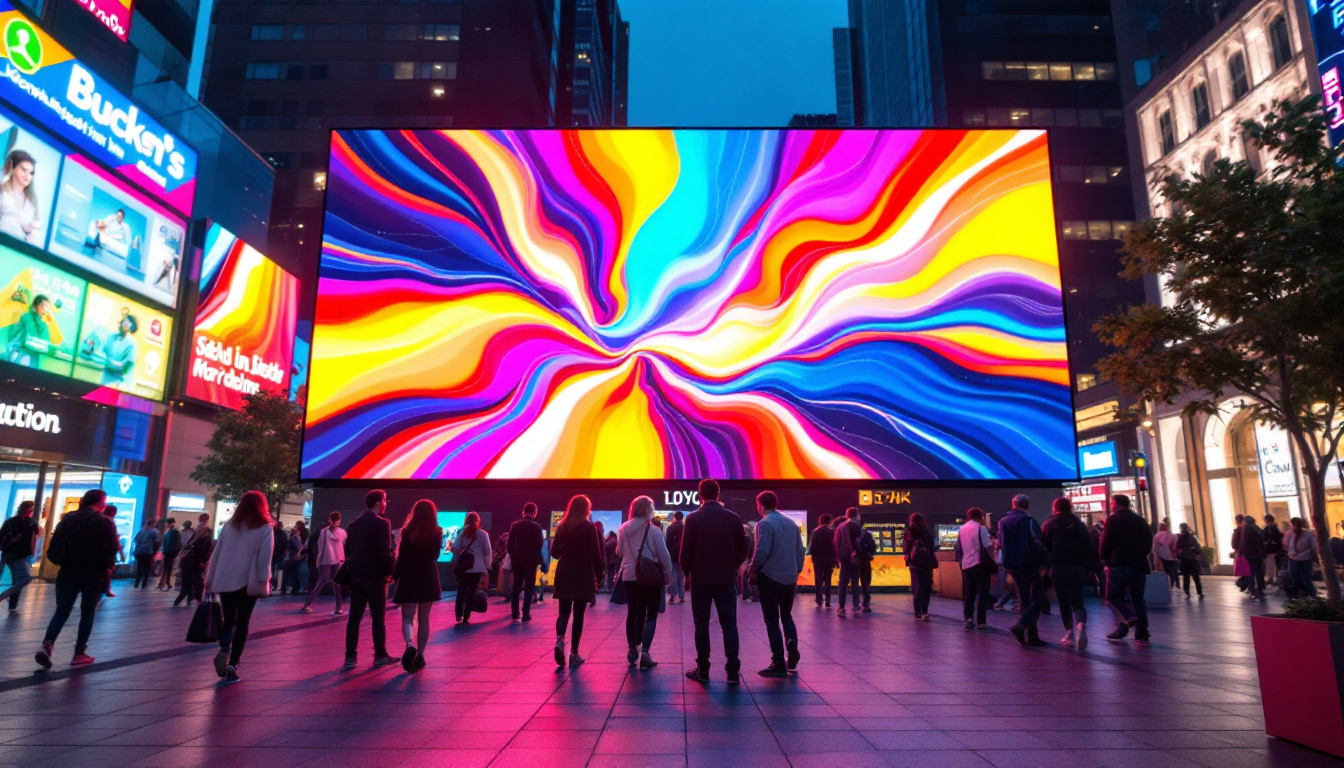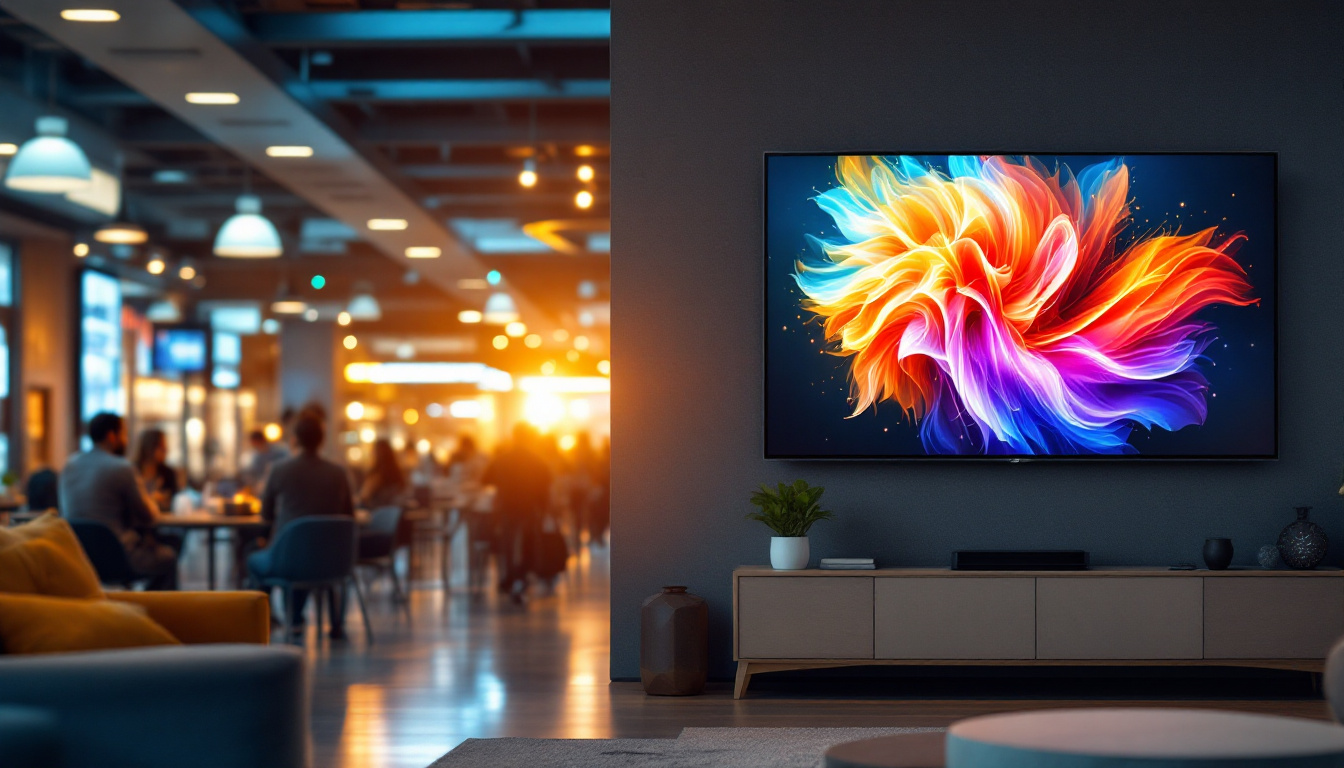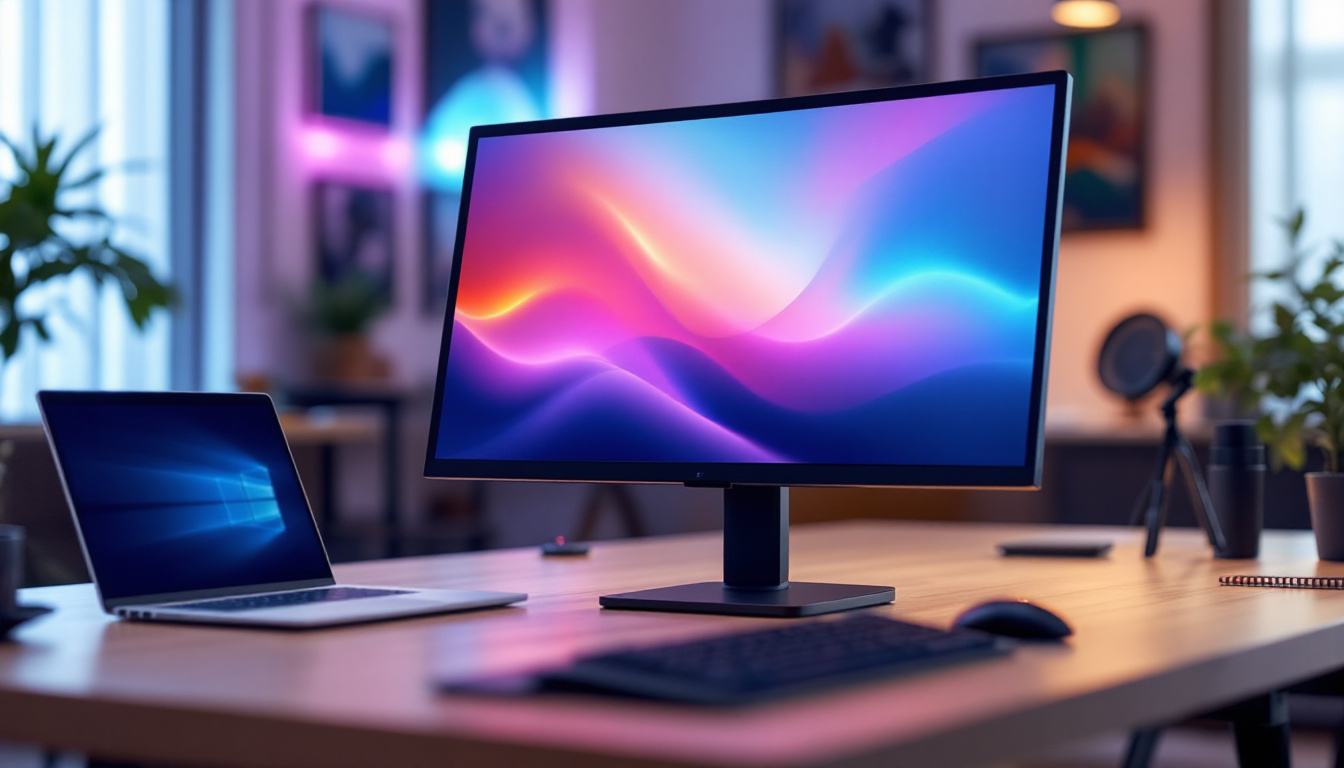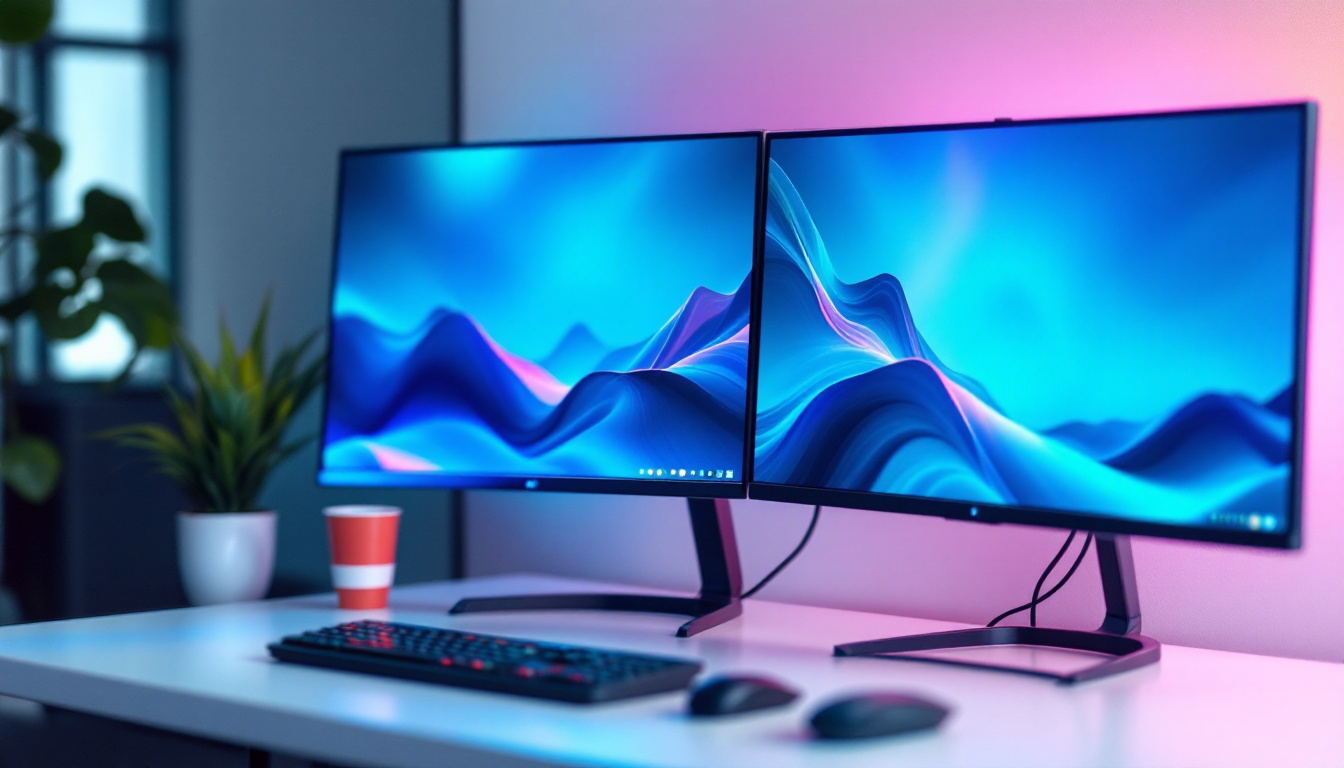In the realm of computer displays, the 24-inch LED monitor has emerged as a popular choice among users seeking a balance between size, performance, and affordability. Understanding the technology behind LED displays can help consumers make informed decisions when purchasing a monitor. This article delves into the intricacies of 24-inch LED monitors, exploring their features, benefits, and considerations for potential buyers.
What is an LED Monitor?
LED monitors are a type of LCD (Liquid Crystal Display) that utilizes LED (Light Emitting Diode) backlighting instead of traditional fluorescent lighting. This advancement in technology has led to several improvements in display quality, energy efficiency, and design. By employing LEDs, these monitors can achieve better color accuracy, higher contrast ratios, and thinner profiles.
How LED Technology Works
The fundamental principle behind LED monitors lies in their backlighting system. Unlike conventional LCDs that use CCFL (Cold Cathode Fluorescent Lamp) backlighting, LED monitors employ an array of tiny LEDs to illuminate the screen. This allows for more precise control over brightness levels and color reproduction.
There are two primary types of LED backlighting: edge-lit and full-array. Edge-lit LED monitors have LEDs positioned along the edges of the screen, while full-array models feature a grid of LEDs behind the entire display. Full-array backlighting generally provides better contrast and uniformity, making it a preferred choice for high-end monitors.
Advantages of LED Monitors
LED monitors offer several advantages over traditional LCD monitors. First and foremost, they are more energy-efficient, consuming less power while delivering superior brightness and color quality. This not only reduces electricity bills but also contributes to a smaller carbon footprint.
Additionally, LED monitors tend to have a longer lifespan compared to their CCFL counterparts. The durability of LEDs means that users can expect their monitors to last longer, reducing the need for frequent replacements. Furthermore, the slim design of LED monitors allows for more flexible placement options, making them ideal for various workspaces.
Another significant benefit of LED monitors is their ability to display a wider color gamut. This means that they can reproduce a broader range of colors, which is particularly advantageous for graphic designers, photographers, and video editors who require precise color accuracy for their work. The enhanced color performance is often accompanied by faster response times, which can be crucial for gaming and fast-paced video playback, providing a smoother visual experience without motion blur.
Moreover, many LED monitors now come with advanced features such as adaptive brightness technology, which adjusts the screen’s brightness based on the ambient light in the room. This not only enhances viewing comfort but also further improves energy efficiency. Furthermore, some models are equipped with blue light reduction technology, which helps to minimize eye strain during prolonged use, making LED monitors a popular choice for both professional and personal computing environments.
Key Features of 24-Inch LED Monitors
When considering a 24-inch LED monitor, several key features should be taken into account. These features not only enhance the user experience but also determine the monitor’s suitability for specific tasks, whether for gaming, graphic design, or general office use.
Resolution
Resolution is a critical factor in determining the clarity and detail of the images displayed on a monitor. Most 24-inch LED monitors come with a Full HD resolution of 1920 x 1080 pixels, which provides a sharp and vibrant viewing experience. Some models may offer higher resolutions, such as 2560 x 1440 (QHD) or even 3840 x 2160 (4K), catering to users who require more detail for professional applications.
Higher resolutions enhance the overall visual experience, especially for tasks that involve intricate designs or high-definition video playback. However, it is essential to ensure that the graphics card and other components of the computer can support the desired resolution for optimal performance. Additionally, many monitors now feature technologies like HDR (High Dynamic Range), which can further improve color accuracy and contrast, making images appear more lifelike. This is particularly beneficial for photographers and videographers who need precise color representation in their work.
Refresh Rate and Response Time
The refresh rate and response time of a monitor are crucial for smooth visuals, particularly in fast-paced activities like gaming or video editing. The refresh rate, measured in hertz (Hz), indicates how many times the screen refreshes per second. A higher refresh rate, such as 144Hz, can lead to smoother motion and reduced motion blur.
Response time, measured in milliseconds (ms), refers to how quickly a pixel can change from one color to another. A lower response time is preferable, especially for gaming, as it minimizes ghosting effects. Many 24-inch LED monitors offer response times of 1ms to 5ms, making them suitable for various applications. Furthermore, some monitors incorporate adaptive sync technologies like NVIDIA G-SYNC or AMD FreeSync, which can synchronize the refresh rate of the monitor with the frame rate of the graphics card, providing an even smoother gaming experience by eliminating screen tearing.
Connectivity Options
Connectivity is another vital feature to consider when choosing a 24-inch LED monitor. Most modern monitors come equipped with multiple ports, including HDMI, DisplayPort, and VGA. HDMI is commonly used for connecting to laptops, gaming consoles, and other devices, while DisplayPort is favored for high-resolution displays.
Some monitors also include USB ports for easy access to peripherals, such as keyboards and mice. When selecting a monitor, it is essential to ensure compatibility with existing devices and consider future needs for connectivity. Additionally, many monitors now support USB-C connections, which can provide power delivery and data transfer through a single cable, simplifying setups and reducing cable clutter. This feature is particularly beneficial for users with laptops that support USB-C, as it allows for a seamless connection while charging the device simultaneously.
Benefits of Using a 24-Inch LED Monitor
The advantages of a 24-inch LED monitor extend beyond its technical specifications. Users across various fields can benefit from the features and performance these monitors offer, making them a versatile choice for different applications.
Enhanced Visual Experience
One of the most notable benefits of a 24-inch LED monitor is the enhanced visual experience it provides. The combination of vibrant colors, sharp details, and high contrast ratios contributes to a more immersive viewing experience. Whether for watching movies, playing games, or working on graphic design projects, users can enjoy superior image quality.
Moreover, the larger screen size allows for better multitasking. Users can easily split their workspace into multiple windows, enhancing productivity without the need for additional monitors. This is particularly beneficial for professionals who require ample screen real estate for their work.
Ergonomics and Comfort
Ergonomics is a crucial consideration when selecting a monitor, as prolonged use can lead to discomfort or strain. Many 24-inch LED monitors come with adjustable stands that allow users to modify the height, tilt, and swivel of the display. This adaptability helps users find a comfortable viewing angle, reducing the risk of neck and eye strain.
Additionally, some monitors feature blue light filtering technology, which can minimize eye fatigue during extended use. This is particularly important for individuals who spend long hours in front of their screens, such as programmers, designers, and students.
Affordability and Availability
In terms of price, 24-inch LED monitors strike a balance between performance and cost. They are generally more affordable than larger monitors, making them accessible to a broader range of consumers. As technology continues to advance, prices have become increasingly competitive, allowing users to find high-quality monitors without breaking the bank.
Furthermore, the widespread availability of 24-inch LED monitors means that consumers have a plethora of options to choose from. Various brands offer models with different features, ensuring that users can find a monitor that meets their specific needs and preferences.
Considerations Before Purchase
While 24-inch LED monitors offer numerous benefits, potential buyers should consider several factors before making a purchase. Understanding these considerations can help ensure that the chosen monitor aligns with individual requirements and expectations.
Intended Use
Before selecting a monitor, it is essential to determine its intended use. Different applications may require varying specifications. For example, gamers may prioritize refresh rates and response times, while graphic designers may focus on color accuracy and resolution. Identifying the primary use case will guide the selection process and help narrow down options.
Budget Constraints
Budget is another critical consideration when purchasing a monitor. While 24-inch LED monitors are generally affordable, prices can vary significantly based on features and brand reputation. Setting a budget beforehand can help streamline the decision-making process and prevent overspending.
It is also worth considering the long-term investment aspect. Spending slightly more on a higher-quality monitor may yield better performance and durability, ultimately saving money in the long run.
Brand Reputation and Reviews
Researching brand reputation and reading customer reviews can provide valuable insights into the quality and performance of specific monitor models. Established brands often have a proven track record of producing reliable products, while user reviews can highlight any potential issues or advantages of a particular monitor.
Online forums and technology review websites can be excellent resources for gathering information and making informed decisions. Taking the time to research can lead to a more satisfying purchase experience.
Conclusion
The 24-inch LED monitor is a versatile and practical choice for a wide range of users, from casual gamers to professional designers. With advancements in LED technology, these monitors offer enhanced visual experiences, energy efficiency, and ergonomic features that cater to modern needs.
By understanding the key features, benefits, and considerations associated with 24-inch LED monitors, consumers can make informed decisions that align with their specific requirements. As technology continues to evolve, these monitors remain a reliable option for anyone seeking a quality display solution.
Investing in a 24-inch LED monitor can significantly enhance productivity, comfort, and enjoyment, making it a worthwhile addition to any workspace or entertainment setup.
Discover LumenMatrix’s Advanced LED Display Solutions
Ready to elevate your visual experience with the latest in LED technology? Look no further than LumenMatrix, a pioneer in crafting LED displays that bring your content to life. Whether you’re in need of an Indoor LED Wall Display for your office, an Outdoor LED Wall Display for high-impact advertising, or any of our specialized solutions like Vehicle LED Displays and LED Sports Displays, LumenMatrix has you covered. Our mission is to transform your visual communication with displays that not only engage and captivate but also convey your message with unparalleled clarity. Don’t miss out on the opportunity to enhance your brand visibility and create unforgettable visual experiences. Check out LumenMatrix LED Display Solutions today and see the difference for yourself.




